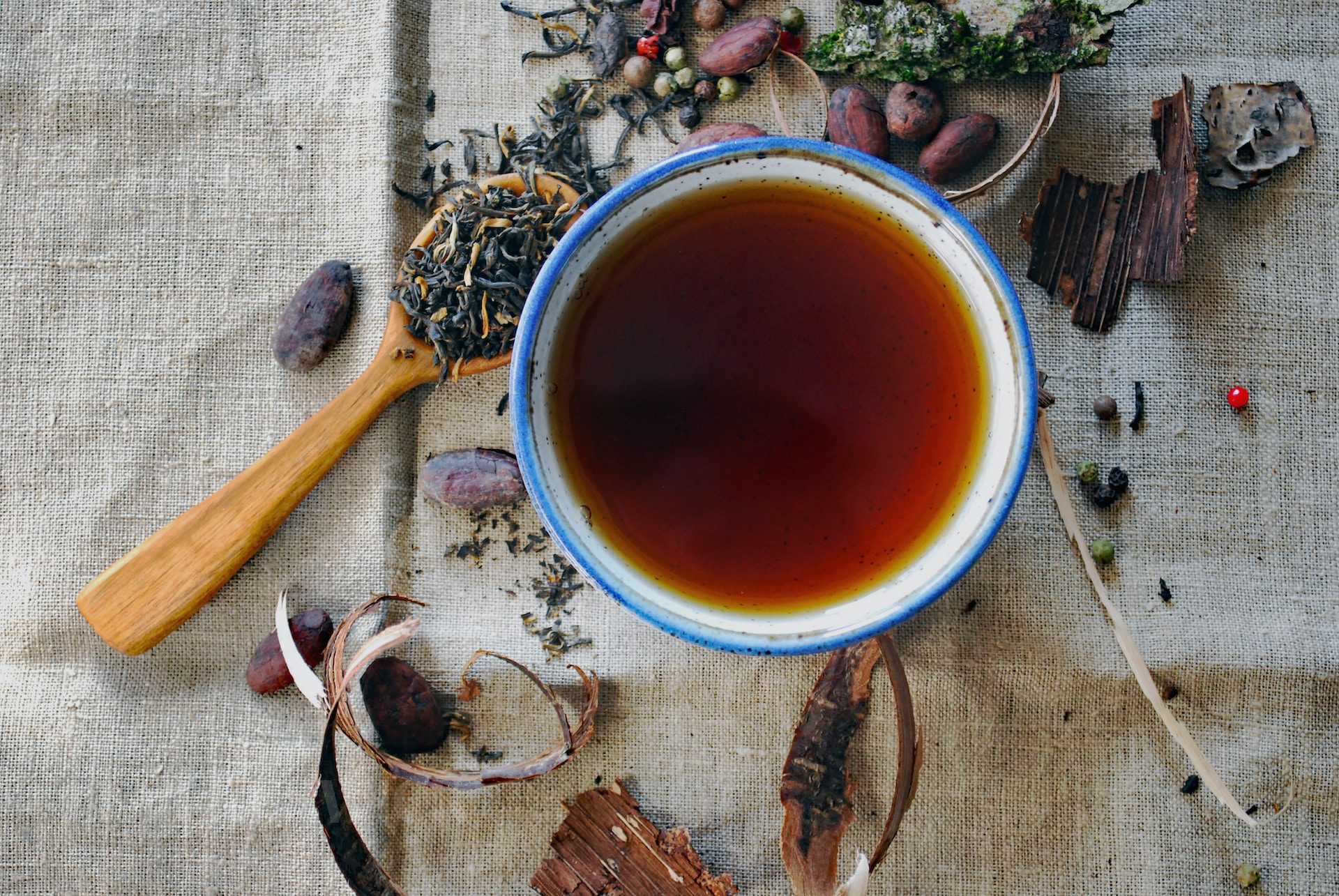Key Takeaways:
- Tea quality is influenced by an amalgamation of factors ranging from picking methods to storage.
- Recognizing the attributes of high-quality tea requires understanding both its physical characteristics and the practices surrounding its cultivation.
- Impeccable tea quality goes beyond just taste—it’s an experience, a tradition, and a craft.
Delving into the World of Tea Standards
As the world becomes increasingly global, the art of tea brewing and consumption has seen a surge in interest. However, with countless varieties and brands available, determining the tea quality can be quite the challenge.
Tea Leaves Tell a Tale: Physical Characteristics
The appearance of tea leaves is your first introduction to their quality. Here are some visual indicators:
1. Integrity of the Picked Tea Leaf Well-preserved tea leaves are indicative of a meticulous picking process. The leaves should be intact, signaling that they were handpicked rather than harvested by a machine.
2. Uniformity Matters Consistency in leaf size and shape signifies adherence to standardized plucking practices. A blend of large mature leaves with younger ones often hints at compromise in quality to enhance quantity.
3. Recognizing Authentic Varieties Through Cultivars The authenticity of some teas is intertwined with specific cultivars. While many teas can be produced from various cultivars, genuine varieties often adhere to a particular one. Researching and inquiring about the cultivar can ensure you’re getting the real deal.
From Field to Cup: Cultivation and Harvesting Nuances
The journey of tea leaves, from being plucked to landing in your cup, profoundly influences their quality.
1. Timeliness in Harvesting Tea leaves have optimal harvesting periods that differ based on their variety and region. Many premium teas are plucked early in spring. It’s crucial to be mindful of harvest dates and understand their significance in determining tea quality.
2. Location, Location, Location! Geography plays a pivotal role in tea quality. For instance, true pu-erh teas hail exclusively from Yunnan, China. Understanding and acknowledging the geographical origins of teas adds another layer to appreciating their authenticity and caliber.
3. The Height of Flavor: Elevation’s Role Elevation impacts the nuances of tea flavors. High-mountain teas, for instance, must be grown at elevations exceeding 3,300 feet. Recognizing the elevation of your tea’s origin can be a subtle indicator of its quality.
Beyond the Leaves: Ethical and Sustainable Practices
High-quality teas often resonate with ethical farming practices and sustainable philosophies. Inquiring about pesticide usage, labor practices, and the farm’s sustainability approach can provide a holistic perspective on your brew’s journey.
Packaging: The Final Guard of Quality
An often-overlooked aspect, packaging is the last line of defense in preserving tea quality. Proper storage ensures the vitality, taste, and aroma of the tea remains intact. Opaque bags or tins are ideal, and it’s essential to ensure no harmful linings are present.
Navigating the Tea Terrain
The quest for understanding tea quality can seem daunting, especially with multiple standards in place. While a universal system would simplify matters, discerning quality currently requires a blend of knowledge, research, and sensory exploration.
Concluding Thoughts
Tea, in essence, is more than just a beverage; it’s a legacy, an art, and an experience. Recognizing and appreciating quality ensures not only a delightful cup but also respect for the traditions and hard work that make it possible. So, as you brew your next cup, take a moment to ponder its journey and savor its quality.








